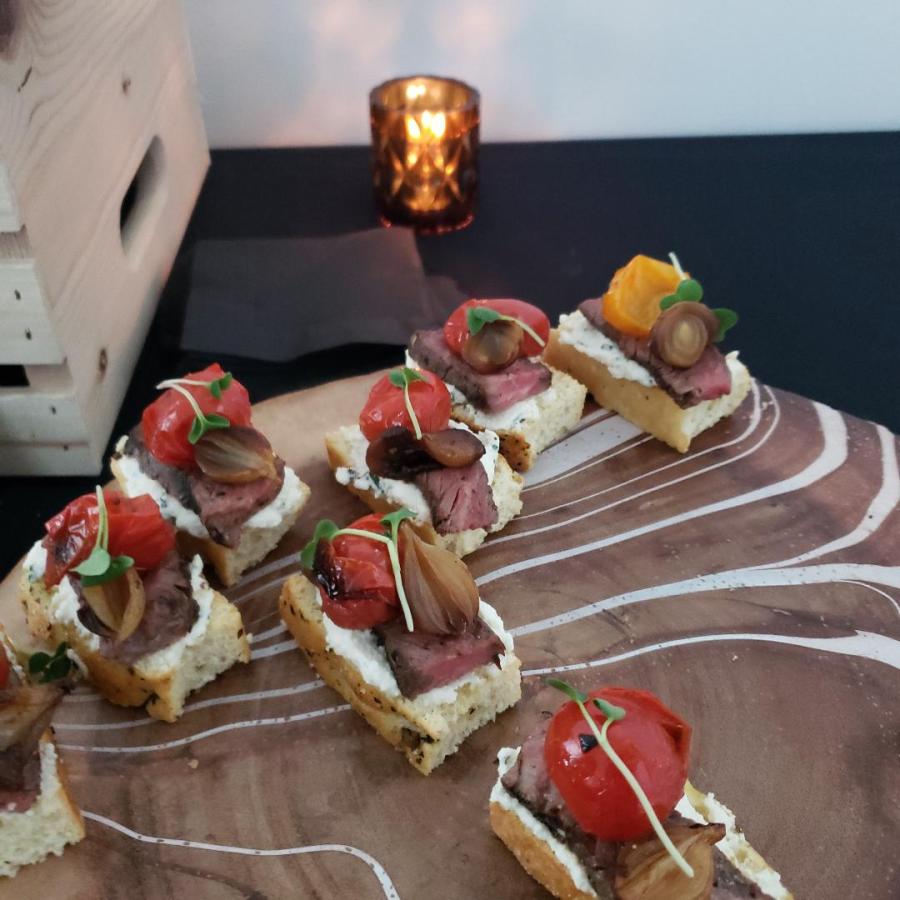HOME BLOCK Restaurant at Cedar Creek Estate Winery is elevated comfort food with a wine forward finesse.

This past weekend I indulged maybe over indulged in some amazing food and wine in British Columbia’s lakeside wine country. Along with my very good longtime friend Margeaux, we started off late-afternoon at Ex Nihilo Vineyards wine club members pick up party.

It was an outdoor event on the winery property with different wine tasting stations that were set up with delicious appetizers to go along with the tastings. We met some interesting people and sampled some nice selections before leaving with a case of wine between us.




 Last time we were in the Okanagan together we stayed in Oliver, British Columbia and visited several local vineyards in that area. This time we stayed in Kelowna. Kelowna is about a 4 ½ hour drive from Vancouver (depending on traffic) and for Margeaux, about 3 ½ hours (depending on traffic) from Castlegar where she resides and owns Kootenay Valley Water Supply Company (providing premium bottled water and water dispensers for home and business for the West Kootenays as well as being an authorized dealer of Arctic Spas® hot tubs & pools).
Last time we were in the Okanagan together we stayed in Oliver, British Columbia and visited several local vineyards in that area. This time we stayed in Kelowna. Kelowna is about a 4 ½ hour drive from Vancouver (depending on traffic) and for Margeaux, about 3 ½ hours (depending on traffic) from Castlegar where she resides and owns Kootenay Valley Water Supply Company (providing premium bottled water and water dispensers for home and business for the West Kootenays as well as being an authorized dealer of Arctic Spas® hot tubs & pools).
In the evening we had a reservation at “HOME BLOCK” the award winning restaurant at CEDAR CREEK ESTATE WINERY. On account of already having had some wine and appetizers a few hours earlier, we chose the 3-course tasting menu. It was fabulous. Plus we got to sit outside which is always great especially in September when it starts to get a bit chilly.
Chef Neil Taylor offers a Terroir to Table tasting adventure. HOME BLOCK pays homage to the natural elements that surrounds the property with sustainable estate-grown fruit and ingredients sourced from their own gardens or those from local farmers. Always with a wine first philosophy where the dishes are created with the wines in mind.

The restaurant is housed in a contemporary farmhouse building crafted from fieldstone and 100-year-old reclaimed barn wood, and the cuisine draws on those elemental roots through natural cooking methods like a wood-fired grill. The result is authentic, welcoming organic, local fare.


Sourced – 3 Course Wine-Paired Experience created by Executive Chef Neil Taylor for *$95 wine-paired with 2 hand-selected wines (4oz pairings).
*– a few of the dishes on our pairings had an additional $12 charge either for size or ingredients. I sometimes wish they can just set the price so there’s no surprises with extra charges. Having said this, it was well worth the splurge because of the whole experience. We don’t do this every day.
For Next time (if no tasting beforehand):
An immersive 5-course wine-paired experience built around their Platinum Collection of wines. This experience highlights some of the best wines produced at Cedar Creek, thoughtfully paired with a locally-inspired, chef-curated menu and includes rare library-wine vintages for $185 per person.
**you can advise them of any dietary restrictions or allergies in advance.
For booking:
Photos: d. king








































































You must be logged in to post a comment.